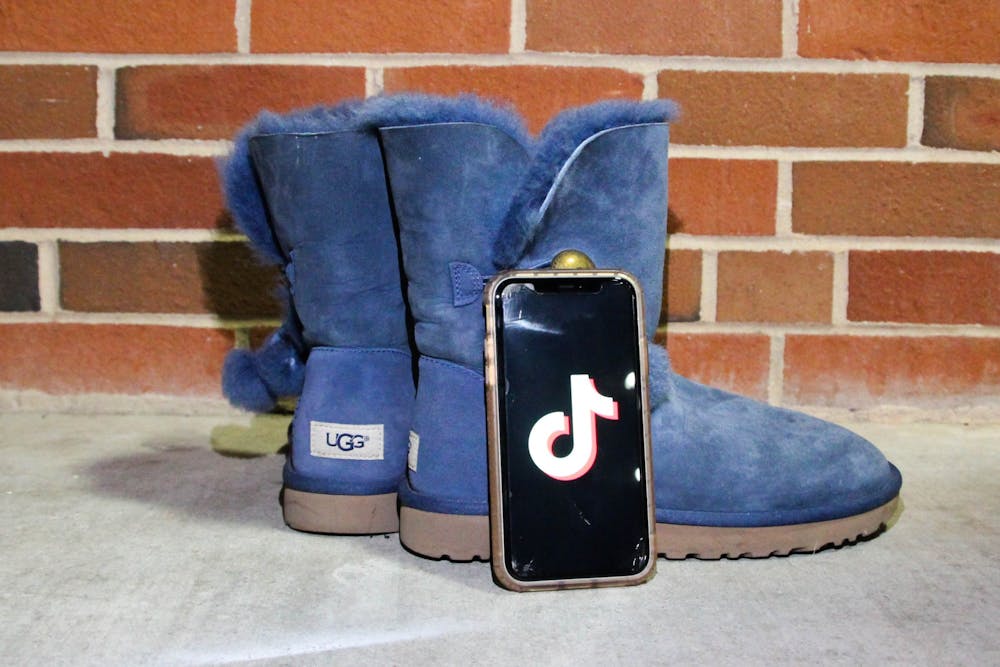Chevron print. Vera Bradley. Ugg boots. Instagram filters. It’s hard to describe, but you know it when you see it.
It’s cheugy.
The term was coined in 2013 by Gaby Rasson, a high schooler at the time. However, the term didn’t gain notoriety until 2021 when TikToker Hallie Cain made a viral video explaining the word, which amassed more than 820,000 views. In the video, Cain describes cheugy as what happens “someone follows out of date trends.”
Following the fame of Cain’s video, Twitter posts, Instagram accounts and many more TikToks were made in response to the word. An array of items and past trends were deemed cheugy as people picked through their closets and shared their most cringy high school photos.
As humorous as it can be to reminisce on old styles of our childhood, the “cheugy” trend does have its flaws.
Firstly, modern reliance on fast fashion can lead to trends fading out of style at a faster rate. Thus, trends are becoming “cheugy” sooner.
Fast fashion is a determent in more ways than one, for instance, its negative implications on the environment and the poor working conditions enforced on fast-fashion employees. However, the term cheugy has made a new negative implication of fast fashion come to light. Keeping up with trends is oftentimes inaccessible and unaffordable, especially at the pace at which trends fall in and out of style.
When fast fashion cycles end, rebuilding one’s wardrobe can be a costly process. Galaxy leggings and “rawr xD” t-shirts didn’t transform into cottagecore overnight.
Second, cheugy is undoubtedly misogynistic.



